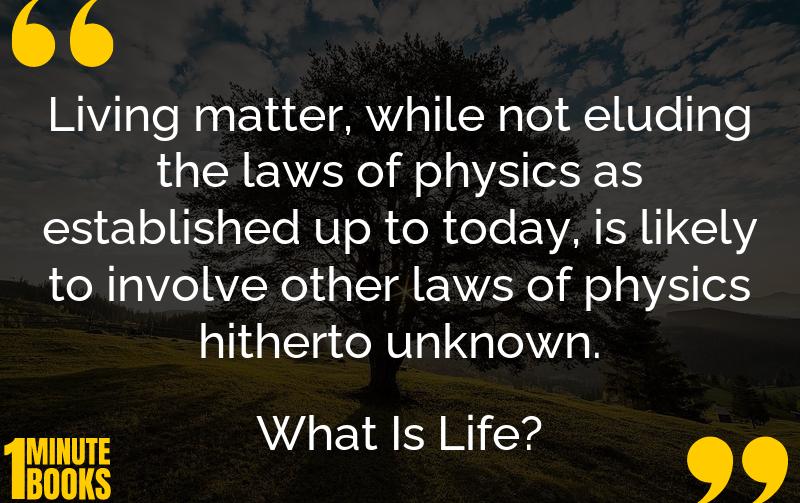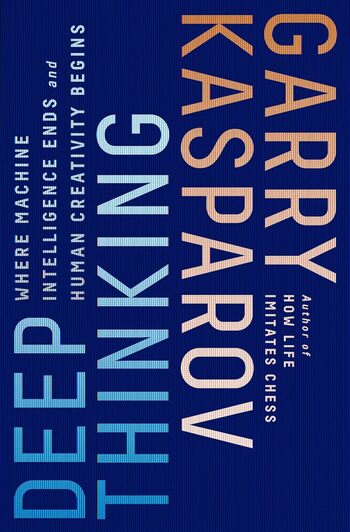
Schrödinger’s ‘What is Life?’ explores the intersection of physics and biology, examining the challenges and mysteries of defining life and understanding biological processes from a physicist’s perspective.
Main Lessons
- Biology and physics are deeply interconnected, with biological phenomena offering new questions for physicists.
- Life has challenged scientific understanding for centuries, remaining elusive despite advances in knowledge.
- Each generation grapples with the question, ‘What is life?’ offering new scientific perspectives.
- The concept of life involves more than standard physics; it may require undiscovered principles.
- Schrödinger’s lectures and book inspired many in molecular biology, demonstrating interdisciplinary influence.
- Accounting for biological processes can offer a physicist’s view of biology, elevating its predictiveness.
- Spectral lines offer a historical analogy for the complexity and challenge of categorizing biological phenomena.
- Laws of physics constantly evolve to encompass the intricacies of life, suggesting areas for new discoveries.
- Schrödinger advocated for a higher standard of understanding in science to truly comprehend life’s essence.
- Major figures in science, from Crick to Benzer, were influenced by Schrödinger’s ideas, affecting their career paths.
- The questions posed in ‘What is Life?’ remain relevant, encouraging a search for new laws governing living systems.
- The complexity of life challenges existing sciences, urging collaboration across disciplines for true understanding.
- Schrödinger’s book highlighted the need for ‘accounting’ in biology akin to physics, which remains a quest today.








